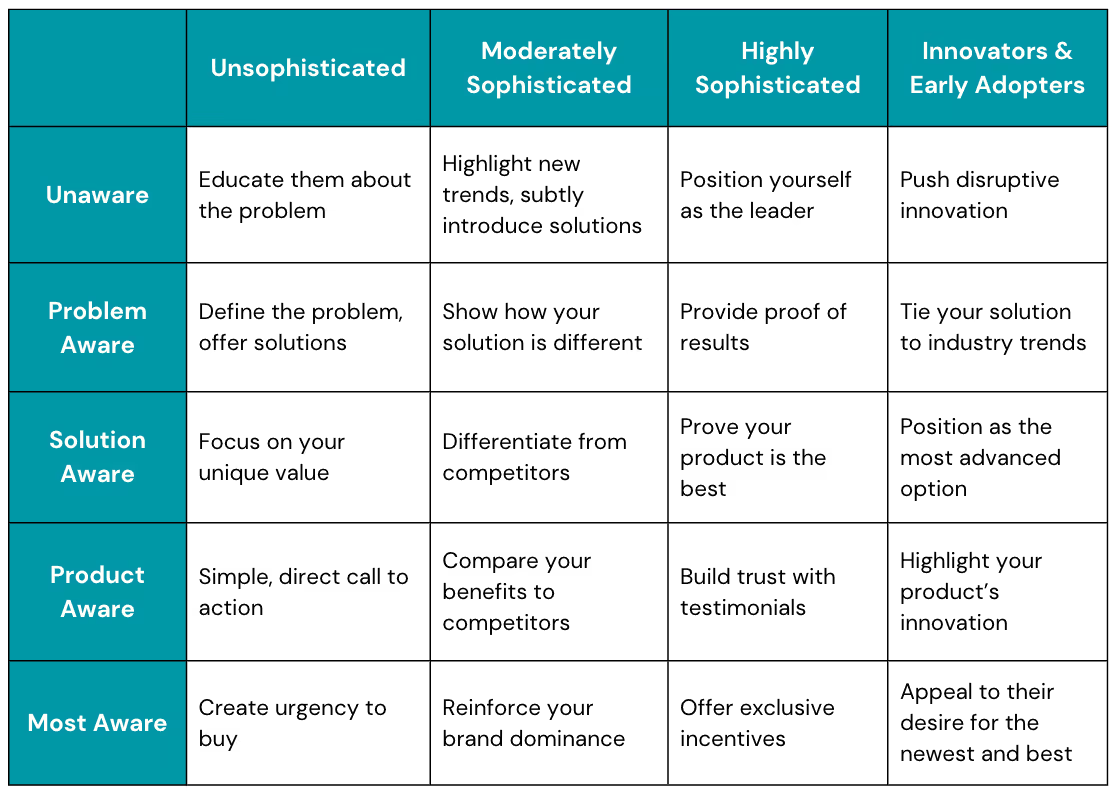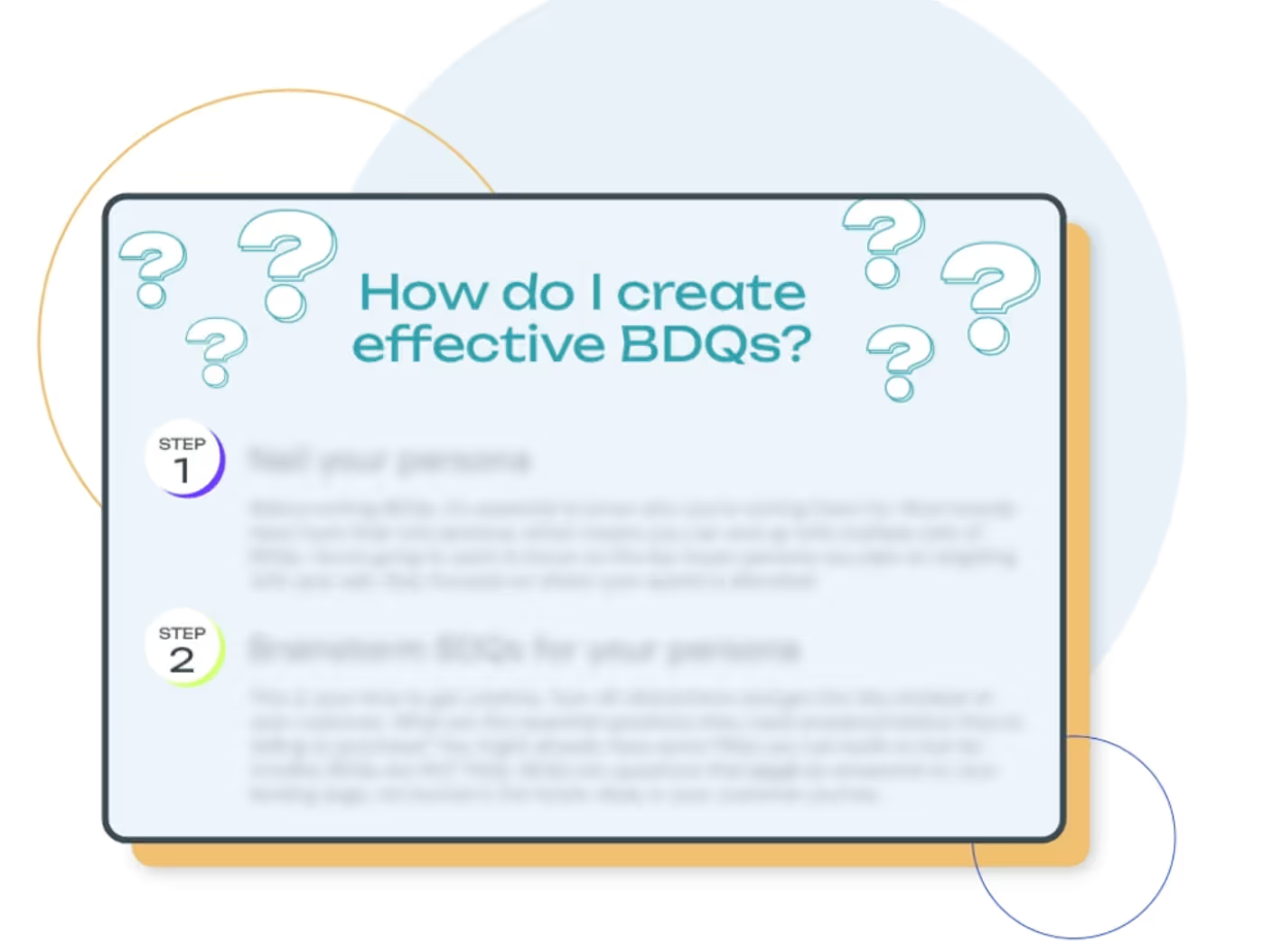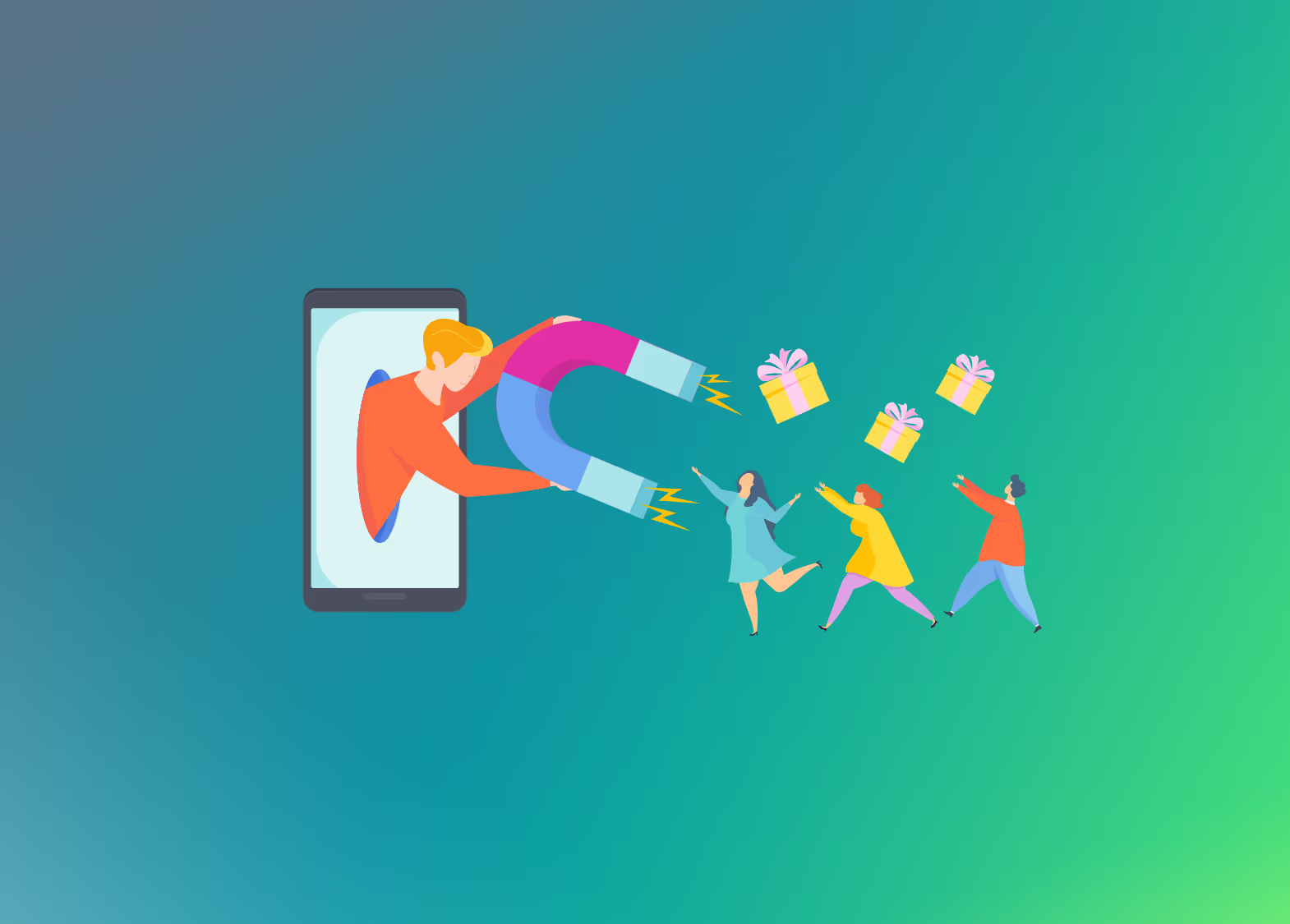In this article
Most brands don’t fail because of bad creative—they fail because they target the wrong audience. Even the best ad won’t convert if it’s shown to people who don’t care, aren’t ready to buy, or don’t even know they have a problem.
At Primer, we’ve tested thousands of ads, and we’ve found that the key to success isn’t just great visuals or clever copy—it’s understanding your audience at a deeper level. What questions do they ask before making a purchase? Where are they in the customer journey? How aware are they of your product?
But before you can optimize your messaging, you need to truly understand who your audience is. A winning ad strategy starts with knowing exactly what your ideal customers think, feel, and search for—so you can meet them where they are.
In this guide, we break down how to target the right audience using Buyer Decision Questions (BDQs), customer awareness levels, and journey-based ad structures. If you want to stop wasting ad spend and start converting more customers, this is where to begin.
Step 1: Identify The Right Customer Awareness Level
One of the biggest mistakes brands make is running ads with the wrong messaging for the wrong audience. Different prospects require different approaches depending on their awareness level:
- Unaware – They don’t know they have a problem yet. Use educational content to highlight the issue.
- Problem-Aware – They know the problem but don’t know the solution. Use problem-agitating hooks to capture attention.
- Solution-Aware – They know solutions exist but don’t know yours. Use comparison-style ads or testimonials.
- Product-Aware – They know your product but need a reason to buy now. Use discounts, social proof, or urgency.
- Most Aware – They’re ready to purchase but might need a final nudge. Use retargeting ads with strong CTAs.
However, figuring out the right customer awareness level for your ads is just the first step to creating a relevant message to your audience; let’s move to the next step.
Step 2: Determine Customer Sophistication
Beyond awareness, customer sophistication refers to how familiar an audience is with products like yours. If you get this wrong, your messaging will either be too basic (losing trust) or too advanced (causing confusion).
Eugene Schwartz’s levels of customer sophistication can help guide your ad strategy:
- Level 1 (Unsophisticated): Fresh market. Keep your messaging simple and clear. They don’t know solutions exist (Focus on problem education and pain points).
- Level 2 (Moderately Sophisticated): Competition is growing. You need to differentiate. (Highlight innovation and first-mover advantage).
- Level 3 (Highly Sophisticated): Saturated market. Differentiation is key. (Use unique differentiators and social proof, like testimonials).
- Level 4 (Innovators & Early Adopters): Always looking for what’s next. Bring innovation. (Leverage data, real customer experiences, and product guarantees).
Now that you understand your audience’s awareness and sophistication level, the next step is putting that knowledge into action. The key? Structuring your ads in a way that resonates with where they are in their journey. We’ve broken down exactly how to do this in our Video Framework Finder.

Step 3: Use BDQs To Sharpen Messaging
Buyer Decision Questions (BDQs) are the foundation of high-converting marketing campaigns. They reveal the exact information potential customers need before they feel confident enough to make a purchase. If your ads, landing pages, and creatives don’t address these questions, you risk losing prospects to hesitation, doubt, or competitor offers.
But not all customers ask the same questions. A prospect’s BDQs will depend on their awareness and sophistication level. Someone who’s just discovering a problem needs education and pain-point clarity, while a product-aware customer is focused on comparisons, trust signals, and pricing.
Keep in mind that BDQs will vary by industry, but they typically include:
- What problem am I trying to solve? (Pain point awareness)
- What are my options? (Competitor comparison)
- How does this product work? (Understanding features/benefits)
- Can I trust this brand? (Social proof and credibility)
- Is this worth my money? (Pricing, risk, and urgency factors)
If you want to learn how to properly apply BDQs in your messaging, download our free guide.

Step 4: Align Everything Into An Ad Strategy
Now that you know who your audience is, what questions they ask, and how aware and sophisticated they are, it’s time to build a structured ad strategy that moves them through the funnel.
- TOFU (Top of Funnel) – Awareness & Engagement
- Goal: Capture attention and educate
- Best formats: UGC, problem-solution ads, listicles, authority-building content
- Metrics to watch: CPM, CTR, video engagement
- MOFU (Middle of Funnel) – Consideration & Trust
- Goal: Prove your product’s value
- Best formats: Comparison ads, influencer testimonials, in-depth product demos
- Metrics to watch: CPC, engagement rate, landing page views
- BOFU (Bottom of Funnel) – Conversion & Retargeting
- Goal: Drive purchases
- Best formats: Discount ads, urgency-based messaging, retargeting ads with testimonials
- Metrics to watch: ROAS, purchase conversions, CPA
The Right Audience + The Right Message = Conversions
Even the best ads will fail if they’re shown to the wrong people. Understanding your audience’s awareness and sophistication levels is the key to crafting messaging that truly resonates. When you align your ads with the exact questions and concerns your prospects have at each stage, you remove friction, build trust, and drive conversions.
Now, it’s time to take action:
- Define your audience’s awareness and sophistication level.
- Map out the Buyer Decision Questions (BDQs) they ask before purchasing.
- Craft ad creatives that answer those questions directly.
- Use proven video ad frameworks to structure your messaging effectively.
With this approach, you’ll craft ads that don’t just look good—they actually convert. If you can’t do it yourself, we can give you an extra hand.
Partner With Growth Experts
Hit your growth goals by getting your ads in front of the right audience. With a continuous pipeline of high-converting videos, landing pages, images, conversion copy, and UGC, you’ll have everything you need to test, scale, and drive real results. At Primer, we don’t just create great ads—we make sure they’re seen by the right people at the right time.
Your Growth Marketing Team: Partnering with Primer means we take care of everything—strategy and planning, production, reporting, and optional media buying—to achieve your growth objectives. You can focus on your business while we deliver the results.
Creative On-Demand: Access a subscription-based marketing creative platform to request UGC, videos, images, and landing pages crafted by top marketing creative strategists and designers who understand what drives conversions.


.jpg)
.jpg)
.jpg)
.jpg)
.jpg)
.jpg)
.jpg)



